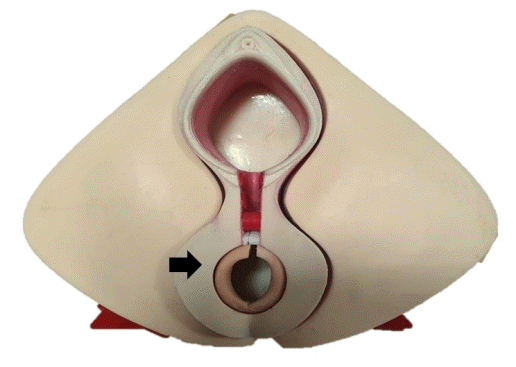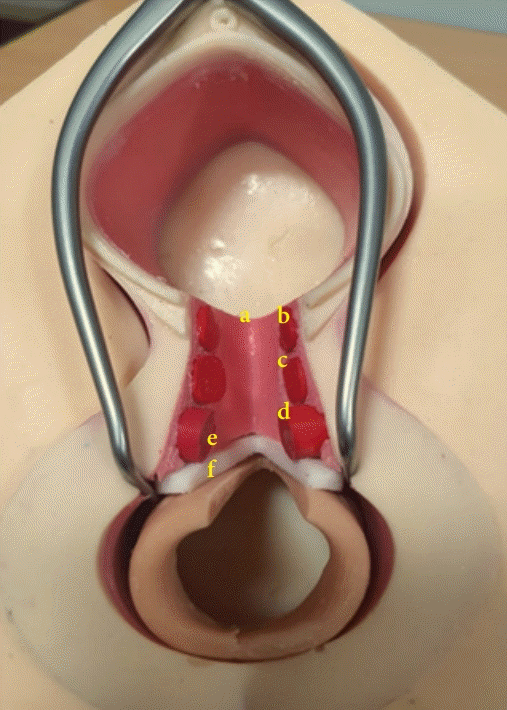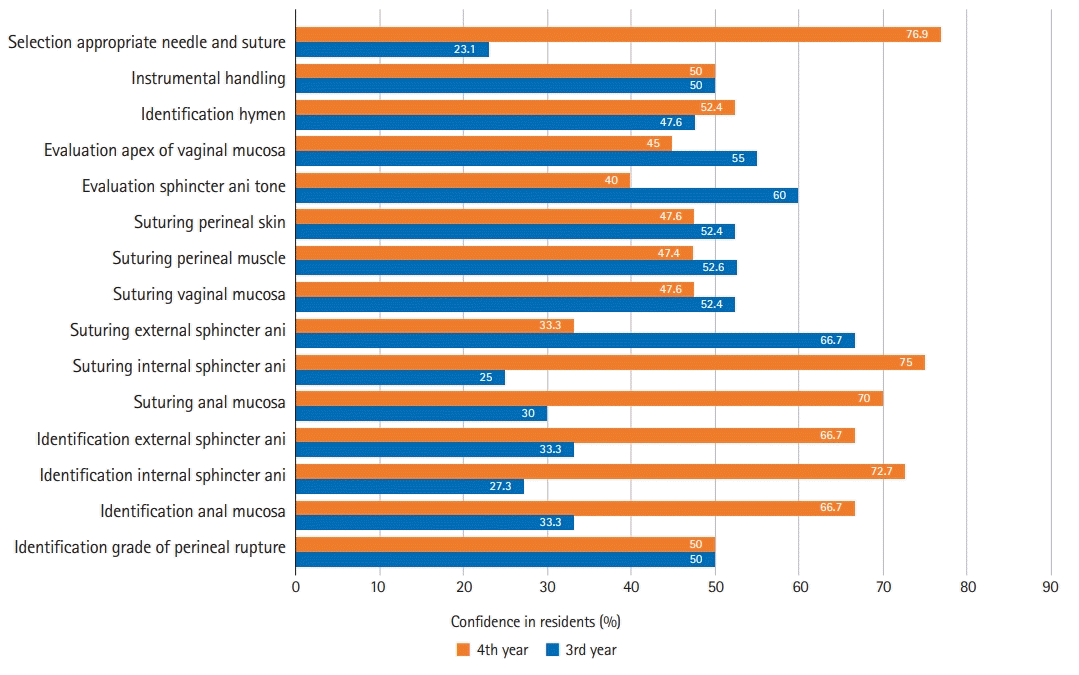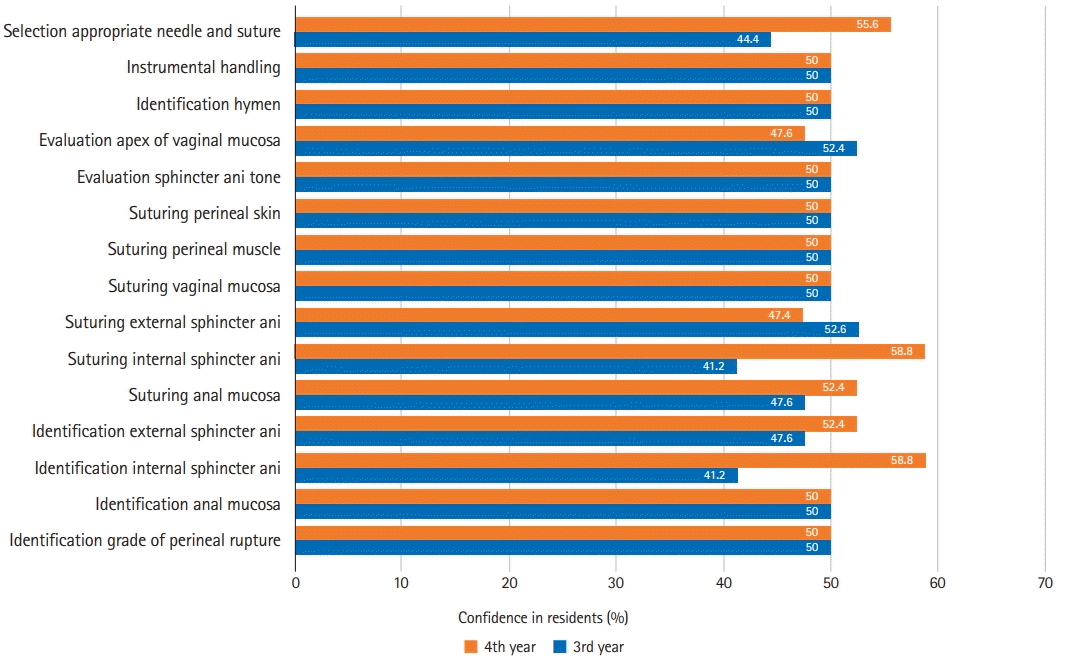1. American College of Obstetricians and Gynecologists’ Committee on Practice Bulletins—Obstetrics. Practice Bulletin No. 165: prevention and management of obstetric lacerations at vaginal delivery. Obstet Gynecol. 2016; 128:e1–e15.
https://doi.org/10.1097/AOG.0000000000001523.
4. Banks E, Pardanani S, King M, Chudnoff S, Damus K, Freda MC. A surgical skills laboratory improves residents’ knowledge and performance of episiotomy repair. Am J Obstet Gynecol. 2006; 195:1463–1467.
https://doi.org/10.1016/j.ajog.2006.05.041.
5. Rizvi RM. Assessment of experimental animal model for training obstetric anal sphincter injury techniques. J Pak Med Assoc. 2013; 63:103–105.
6. Ali M, Migisha R, Ngonzi J, Muhumuza J, Mayanja R, Joe Lapat J, Salongo W, Kayondo M. Risk factors for obstetric anal sphincter injuries among women delivering at a tertiary hospital in Southwestern Uganda. Obstet Gynecol Int. 2020; 2020:6035974.
https://doi.org/10.1155/2020/6035974.
8. Ciesielski P, Kolodziejczak M, Dutkiewicz P. New porcine model of perineal tear and its utility in physicians’ training on the reconstruction of 3rd and 4th degree perineal tear during vaginal delivery. Ginekol Pol. 2018; 89:558–562.
https://doi.org/10.5603/GP.a2018.0095.
9. Goudie C, Gill A, Shanahan J, Furey A, Dubrowski A. Development of an anatomical silicone model for simulation-based medical training of obstetric anal sphincter injury repair in Bangladesh. Cureus. 2019; 11:e3991.
https://doi.org/10.7759/cureus.3991.
10. Patel M, LaSala C, Tulikangas P, O’Sullivan DM, Steinberg AC. Use of a beef tongue model and instructional video for teaching residents fourth-degree laceration repair. Int Urogynecol J. 2010; 21:353–358.
https://doi.org/10.1007/s00192-009-1042-3.
11. Siddighi S, Kleeman SD, Baggish MS, Rooney CM, Pauls RN, Karram MM. Effects of an educational workshop on performance of fourth-degree perineal laceration repair. Obstet Gynecol. 2007; 109(2 Pt 1):289–294.
https://doi.org/10.1097/01.AOG.0000251499.18394.9f.
13. Davis DA, Mazmanian PE, Fordis M, Van Harrison R, Thorpe KE, Perrier L. Accuracy of physician self-assessment compared with observed measures of competence: a systematic review. JAMA. 2006; 296:1094–1102.
https://doi.org/10.1001/jama.296.9.1094.
14. Andrews V, Thakar R, Sultan AH. Structured hands-on training in repair of obstetric anal sphincter injuries (OASIS): an audit of clinical practice. Int Urogynecol J Pelvic Floor Dysfunct. 2009; 20:193–199.
https://doi.org/10.1007/s00192-008-0756-y.
15. McLennan MT, Melick CF, Clancy SL, Artal R. Episiotomy and perineal repair: an evaluation of resident education and experience. J Reprod Med. 2002; 47:1025–1030.




 PDF
PDF Citation
Citation Print
Print









 XML Download
XML Download